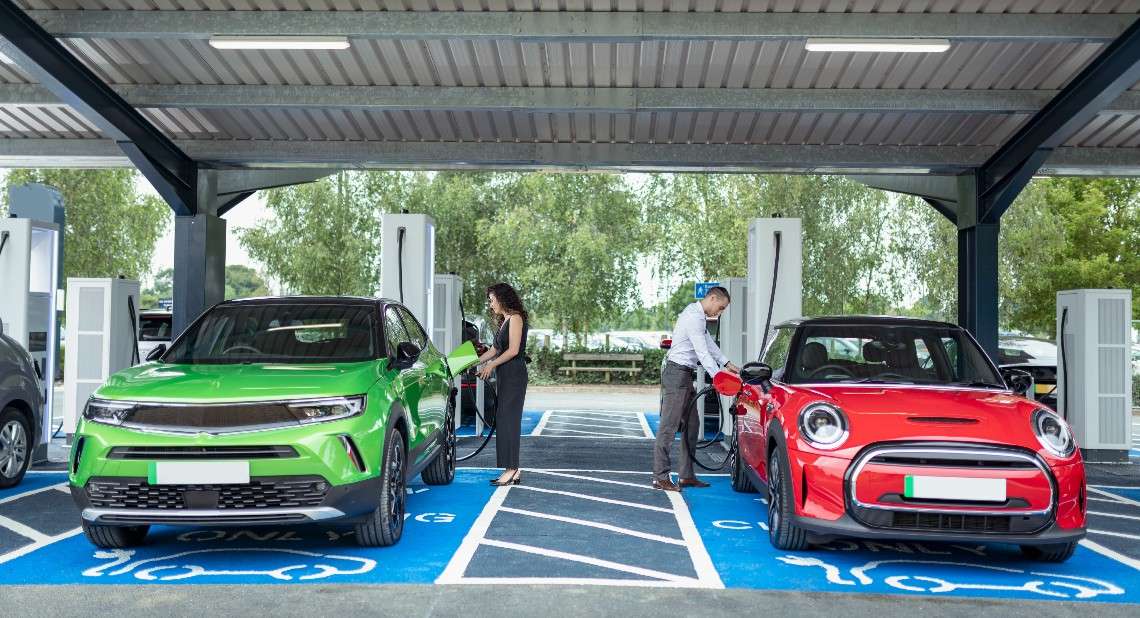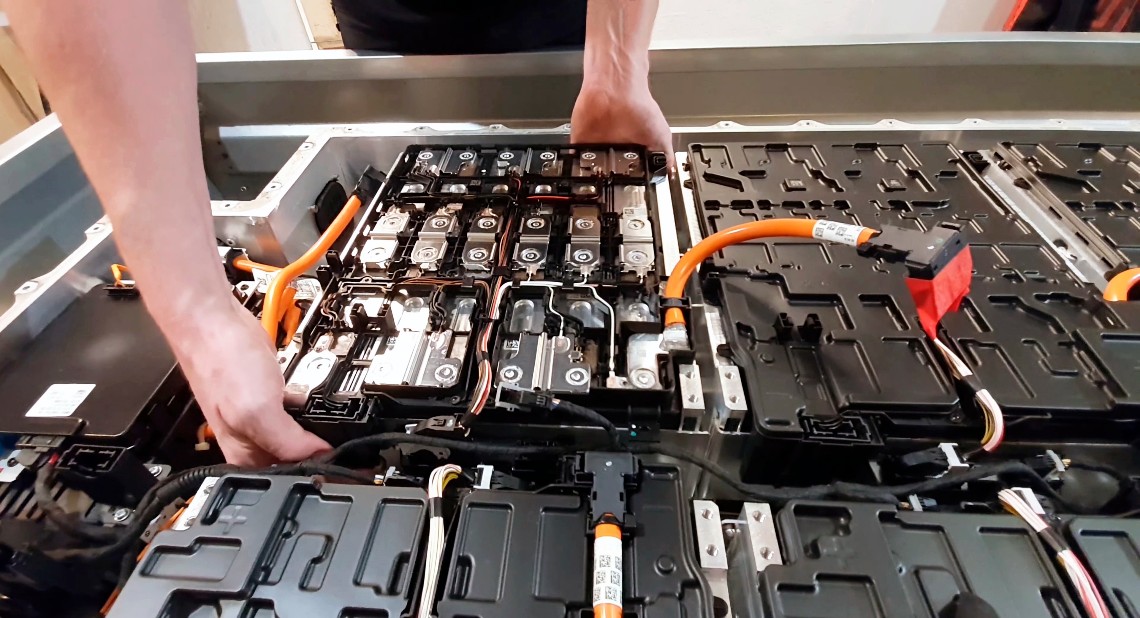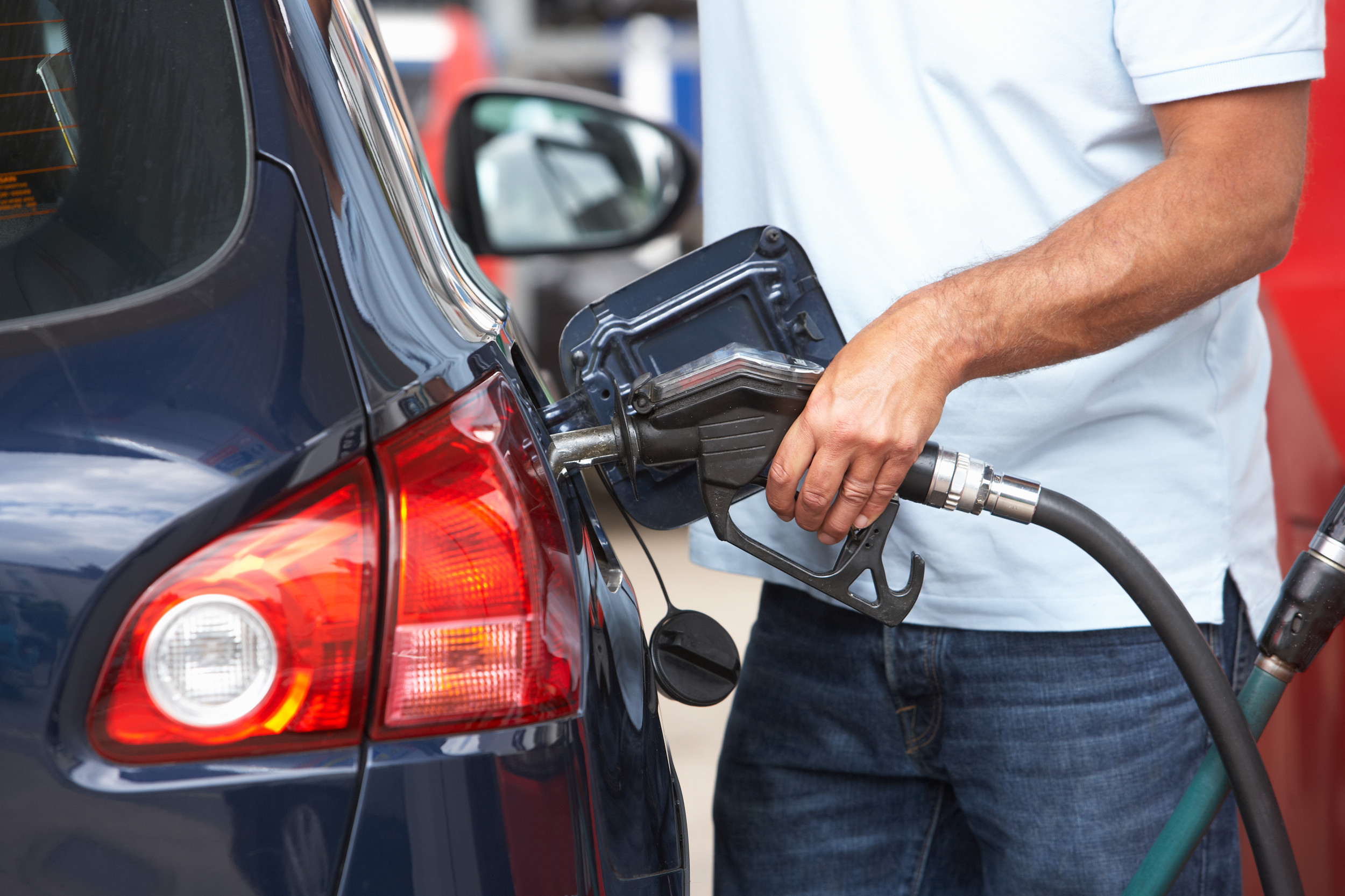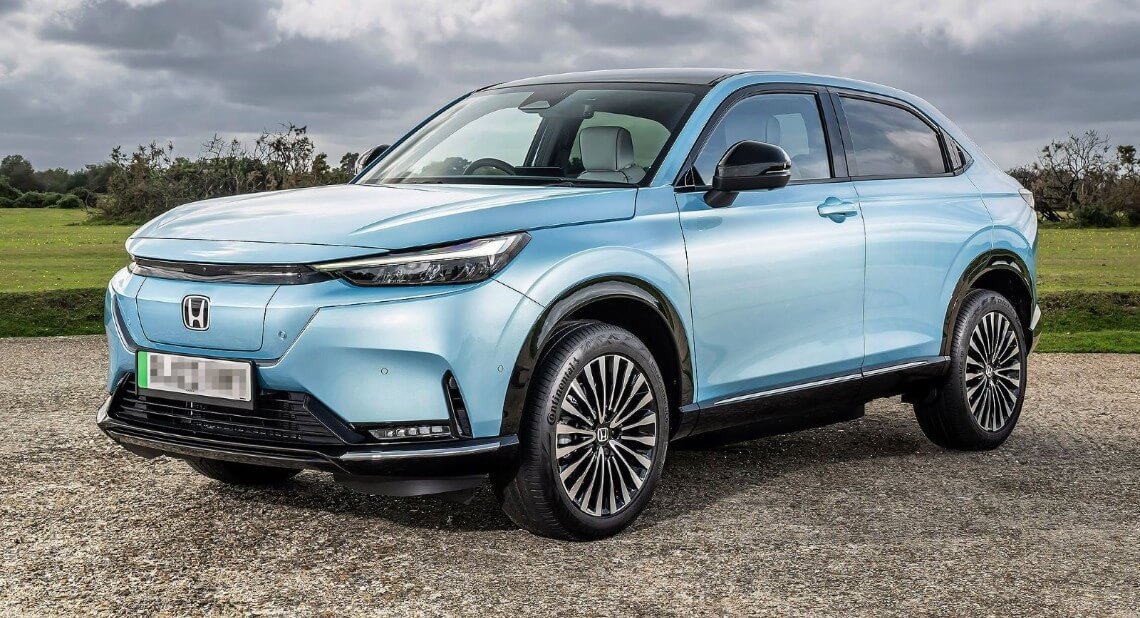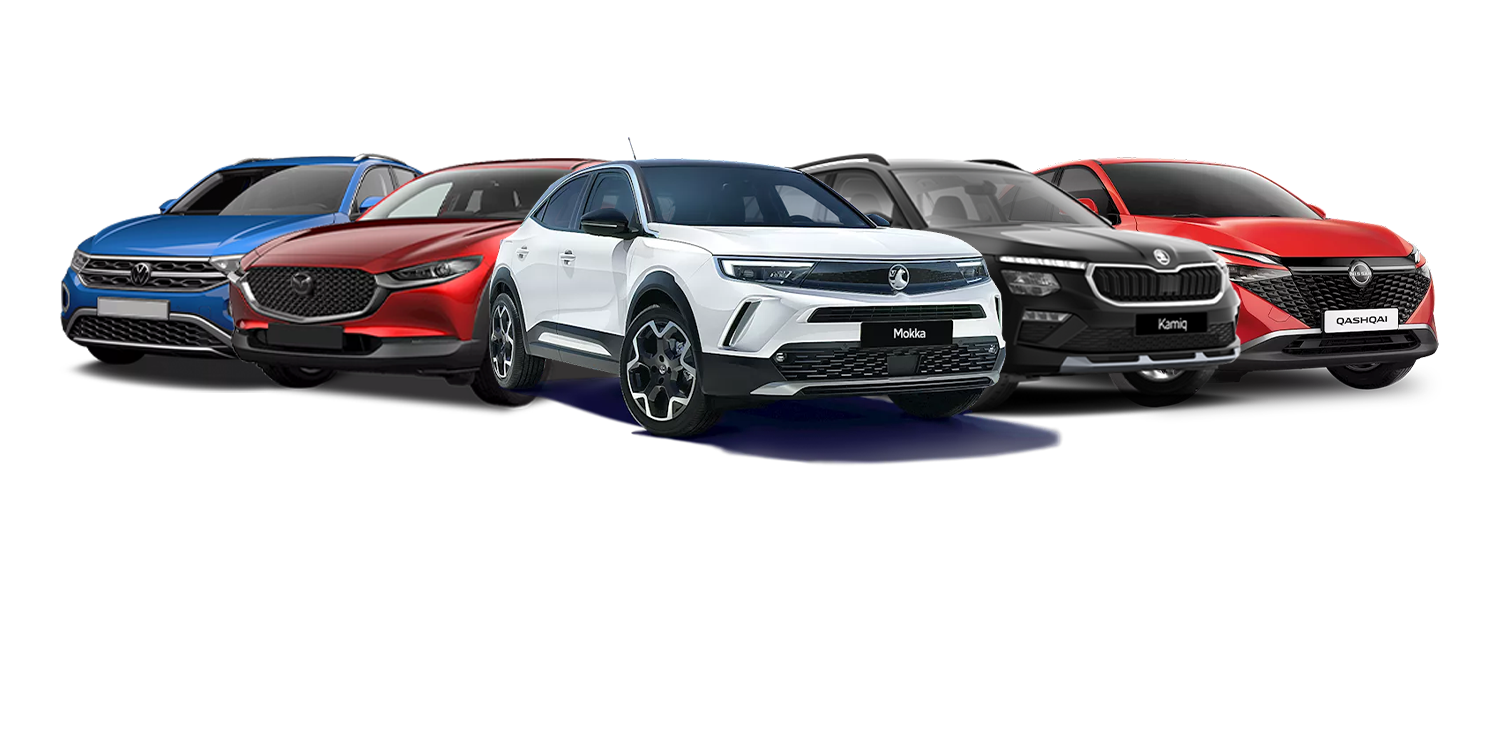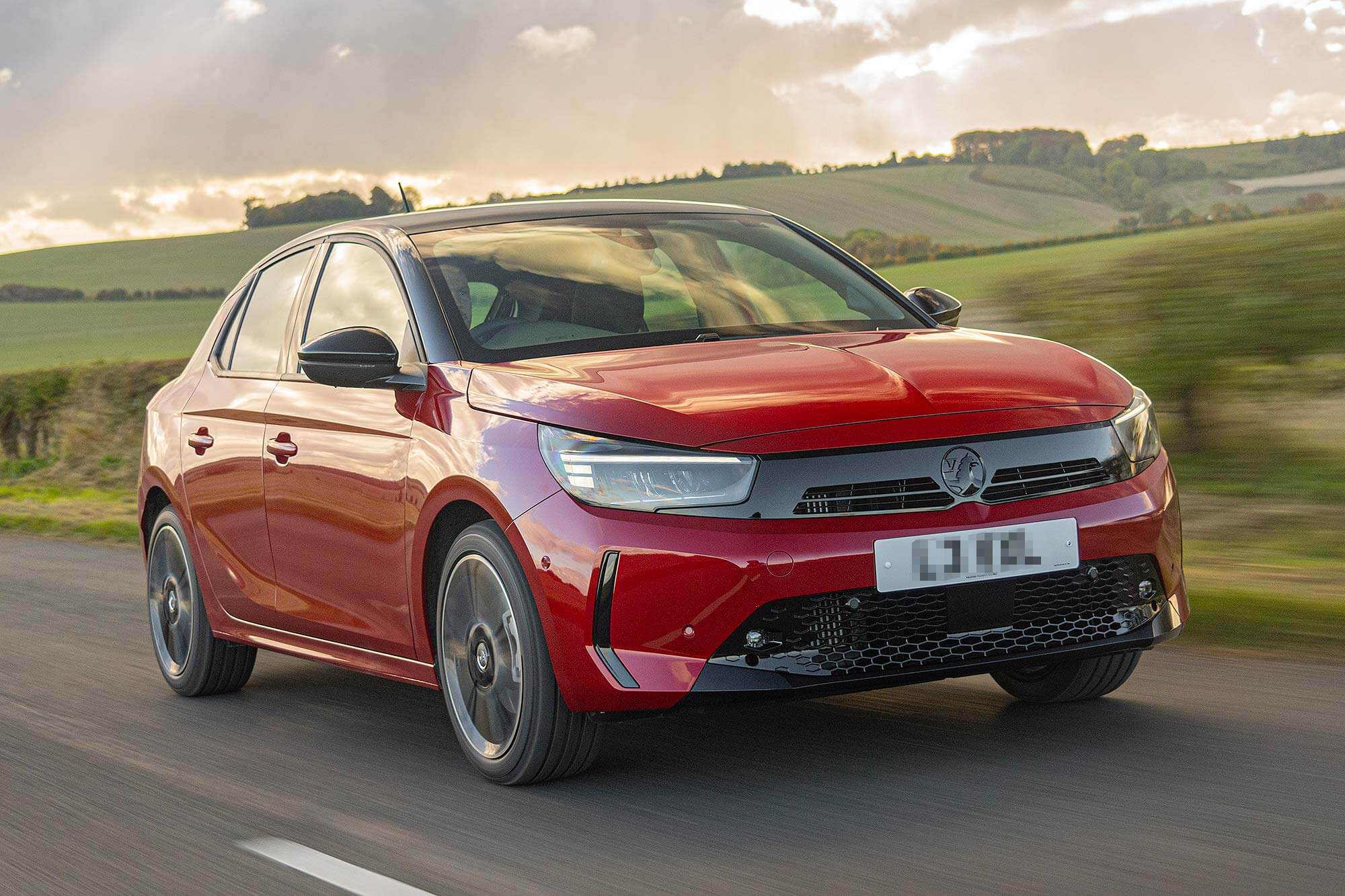Car companies always inform you how far their electric vehicle can travel on a full charge, but drivers often find that the reality is very different. In this article, we explain why there’s a difference between the claimed and ‘real-world’ driving range, and provide some useful advice on how to travel further between charges.
Why is there a difference in the driving range?
Car makers have to put their new models through something called the Worldwide Harmonised Light Vehicle Test Procedure (WLTP). This is an official EU test procedure which aims to reflect real-world driving conditions and provide consumers with the fuel consumption figures of a petrol car or the range of an electric vehicle. Although the test aims to provide realistic figures, it is still a strict set of test conditions. Many motorists achieve figures that are less than the official results, although sometimes they might even be better than them.
Over the years, some studies have shown that petrol and diesel cars can fall short of their claimed consumption by up to 8%, while electric vehicles (EVs) might achieve a range that’s up to 18% lower than a manufacturer gets on the WLTP test. Of course, it varies by car model, but is something to keep in mind if you are thinking of switching to an electric car. Even if a car has a stated range on the manufacturer’s website, you may also want to look into its ‘real-world’ range under more ordinary driving conditions.
Want to learn more about electric vehicle charging?
Check out our video answering some of the most frequently asked questions about EV charging, including how to get a home charge point installed as a Motability Scheme customer.
What can affect EV driving range?
Just as there’s no average person in the world, there’s no average driver and no average conditions, so it’s understandable that the numbers can vary. When it comes to driving an electric car, here are some of the main things that can impact your vehicle’s range:
-
Driving conditions:
If you live in a rural area with lots of hills, then you will need to use more power more often. If you are travelling with passengers or lots of luggage in the boot, then that too requires more power and can affect your range.
-
Cold weather:
With petrol and diesel cars, you’ll notice that the fuel economy is worse in the colder months – the same rule applies to EVs and their driving range. You’ll find that in the winter, your driving range might be less than it is in the summer months. Batteries rely on a certain ambient temperature to be at their most efficient, and things like heating the car will take power from the batteries, too.
-
Motorways:
Many electric cars will easily cover 200 miles on a single charge. With an ever-increasing public charging network and the option to potentially install a home charger, you should be able to cover most medium/long-distance journeys quite easily. However, you may know that electric cars use some of the power generated while braking to top up their batteries. On a motorway, you’re likely to be braking less and accelerating a bit harder, which means that the range you get on a motorway is often less than what you might achieve on other types of roads.
-
The 80% rule:
Like the battery in your phone or laptop, fully charging it regularly can impact its life, so many car makers set their EVs to only charge up to 80% as a default. This is basically to protect the car’s batteries and ensure they last longer. It’s another thing to be aware of if you’re planning on taking a long journey where you might want to get the maximum range from your vehicle. There is usually a setting in the car that allows you can change this and charge the car to 100% battery, if needed.
What you can do to travel further
-
Avoid harsh acceleration
This is the same for any car; pushing down on the accelerator regularly will reduce your driving range significantly. Instead, try to be more progressive with your acceleration and make use of cruise control when you can.
-
Don’t carry unnecessary weight
It seems obvious, but the heavier your car is, the more energy will be required to power it throughout your journey so you can get to your destination. Although you might need to travel with specific equipment or luggage, for many of us, it’s a good idea to check our cars and make sure we’re not lugging around anything we don’t need to. It may not be much, but every little change helps to increase your driving range.
-
Switch off whatever you’re not using
Everything in an EV runs on the batteries, so having the radio on or running the air-conditioning all saps power. This is especially true in cold weather when the combination of a low ambient temperature and switching on the heater can reduce your range. Of course, you may need to use these features in your day-to-day journeys, but if you’re taking a longer drive and are worried about your range, it’s worth considering which car features are on during the drive.
-
Evaluate your car’s range by checking your driving history
Many EVs can display a history of your driving range and consumption, which can be really helpful for future planning. You can use this feature to see whether your range can be improved by changing your driving style. It’s also worth using ‘Eco mode’ if your car has one and staying out of Sport mode if you need to travel further.
-
Plan your route beforehand
If you have a home chargepoint set up, it’s likely that most of your car’s charging will take place at home. If you are going to be travelling further, try using an app to plan your route so you can find the best public chargers to suit you and your car. Take a look at this handy EV charging guide to help you on longer journeys.
Interested in joining the Scheme?
About the Scheme
The Motability Scheme offers an all-inclusive package. If you are in receipt of a qualifying mobility allowance you can use it to lease a car, scooter, powered wheelchair or Wheelchair Accessible Vehicle. The Scheme provides flexible and hassle-free access to a brand-new, reliable vehicle of your choice. As well as a great choice of cars, we also provide a wide range of Wheelchair Accessible Vehicles, scooters and powered wheelchairs.
Eligibility
To join the Scheme, you must be in receipt of one of the following mobility allowances:
- Enhanced Rate of the Mobility Component of Personal Independence Payment (PIP)
- Higher Rate Mobility Component of Disability Living Allowance (DLA)
- Higher Rate Mobility Component of Child Disability Payment – Scotland
- War Pensioners’ Mobility Supplement (WPMS)
- Armed Forces Independence Payment (AFIP)
You can easily check whether you’re eligible to join the Motability Scheme by using our eligibility checker tool.
Related articles
Electric vehicles: do you have range anxiety?
Electric and Hybrid cars: how to speak the language
Electric cars available on the Motability Scheme
![]()
